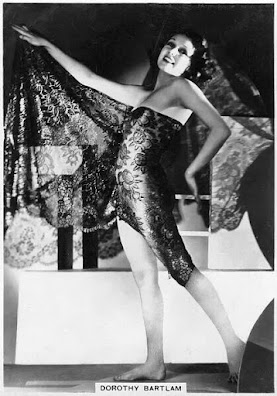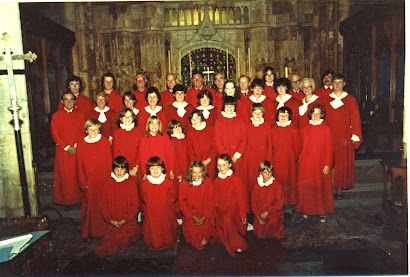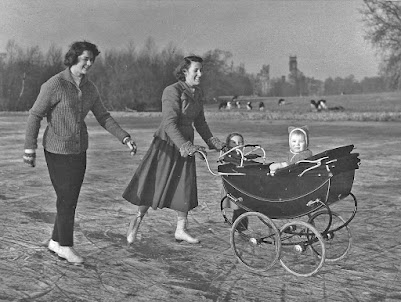Ninety four years ago today on a still winter's day, like today, the airship R100 was launched from Howden. Strictly speaking it was North Howden where it had been built in a giant hangar.
Ernest Butler was then a young reporter on the Goole Times and seventy years later years later he wrote this account of that morning.
I was only a trainee reporter, with little more than a year’s experience in journalism, when I was present at the launch of the R100 airship from North Howden.
From Goole I travelled in the Goole Times van - there were no company cars in those days - with the van driven by one Charlie Ayre, and with the then chief reporter, Stuart Gunnill, squeezed in with me to oversee what I did and wrote.
I remember we - the Press, and there seemed to be hundreds of reporters and photographers swarming around - had to present ourselves at some ungodly hour in the pitch darkness of a December morning, and I remember, after we had crossed over Boothferry Bridge - that itself was a novelty because the bridge itself had been opened only a few months earlier in 1929 - that the roads leading to Spaldington were literally alive with people - people walking, people running, people on bicycles, people on motorcycles, people in cars. Cars in those days were few and far between but on that December morning in 1929 it seemed that every car in the country was heading for the airfield. I remember seeing people camped out on the grass verges and even dancing to the music of portable gramophones. I think we had to be in the cordoned off press enclosure outside the hangar by 6.30 am. It wasn’t cold, I remember, just dark and a little eerie.
And then, eventually, the huge hangar doors were slowly opened, the sky began to lighten with the approach of dawn and slowly, just before 8.00, out of the hangar the great airship slowly emerged, hauled by seemingly hundreds of pygmies beneath her, each of them holding her steady by ropes. They were soldiers and they marched steadily in step out of the hangar and onto the airfield with the great mass of the R100 a few feet above them. It was, to me, and I think to everybody who saw it, an awesome sight. In fact I remember being rather frightened to watch this huge gleaming monster passing slowly and silently a few yards above where I was standing, with lights shining from the gondolas beneath the mass of her body. And then I remember faintly hearing a word of command, the soldiers released their hold on the ropes, the airship rose slowly up, the propellers began to revolve and hundreds of gallons of water ballast were released, soaking the soldiers underneath. The R100 rose higher and higher, turned slowly to dip seemingly in farewell salute over Howden, and in a few more moments she was lost to view.
70 years on, and it is still - almost all of it - a vivid memory. The launch of the R100 was my first real story; and when I turned in my copy, the great god Gunnill (and to me he was a god in those days) read it through, made some corrections, grunted ‘Good. Now go home and get some sleep.’ So I did. And the following Friday, when I presented my weekly expenses claim form to the cashier for payment, there was the item ‘Breakfast - 1s 6d’. Gunnill had told me to enter it - in those days we received 2s 6d for lunch expenses, and 1s 6d for tea or supper. So 1s 6d for breakfast was fair enough, even though I didn’t have any breakfast. Gunnill thought I deserved it, for I’d been on Goole Times duty from 4.30am to 9am out in God’s cold air, and then from 9am to 11am writing the story.
Many local people worked on the airship and were out of work after it departed for Cardington. It could not return to Howden as there was no mast there for it. And despite a successful flight to Canada it was dismantled after the crash of the government built R101. Much has been written about the R100 since that day and of course anyone interested in its story can walk the airship trail in Howden, enabling the visitor to realise exactly how vast it was.
 |
| R100 at Howden having been walked out of its hangar. There was a 9 foot clearance on each side and 5 feet on top. It came out stern first |
 |
| R100 in flight. If you look carefully you can see how small the figures are on the ground. |

























